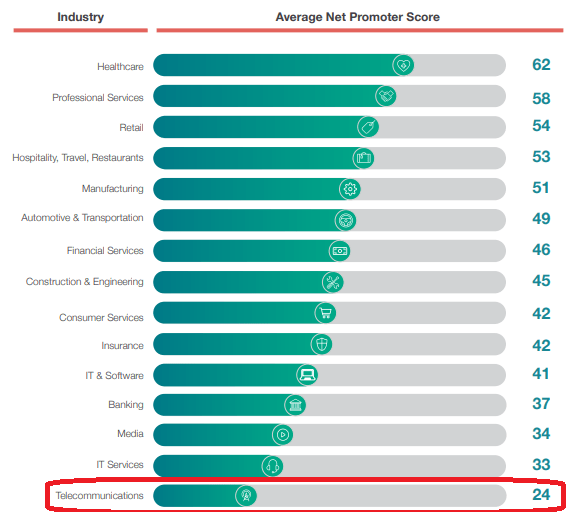This post was co-authored by Sarah Lean, Senior Content Engineer, Azure
Tailwind Traders1 is a retail company that is looking to adopt Azure as part of its IT strategy. The IT team is familiar with deploying infrastructure on-premises and is now researching what they need to do in order to run their workloads on Azure. In this blog post, we will walk you through Tailwind Traders’ experience to run its workloads on Azure using Cloud Adoption Framework and Azure landing zones guidance.
What are enterprise-scale landing zones?
In a previous blog post, we followed Tailwind Traders and their cloud adoption journey, where we learned about the Cloud Adoption Framework and Azure landing zones. After researching the different landing zone options—start small and expand, enterprise-scale, and partner landing zones—Tailwind Traders has decided to start with the enterprise-scale architecture.
Tailwind Traders requires an initial implementation of landing zones with fully integrated governance, security, and operations from the start. The enterprise-scale architecture provides prescriptive guidance coupled with Azure best practices, developed largely by Microsoft architects and the broader Cloud Solutions Unit technical community. It follows design principles across the critical design areas for an organization’s Azure environment, like enterprise enrollment, identity, network topology, resource organization, governance, operations, business continuity and disaster recovery (BCDR), as well as deployment options.
The enterprise-scale architecture provides a strategic design path and a target state for the Tailwind Traders Azure environment, which will evolve with new features and changes to the Azure platform. It uses Azure-native platform services and capabilities and aligns with Azure platform roadmaps to ensure that new capabilities are available within the environment.

Figure 1: Enterprise-Scale with hub and spoke architecture
Tailwind Traders wants to make sure that they set up their Azure environment with a great foundation for their Azure landing zones, which support their existing applications which they are migrating to the cloud, as well as new greenfield workloads. The modular design of the enterprise-scale architecture allows Tailwind Traders to start with foundational landing zones that support their application no matter if the applications are being migrated from their on-premises infrastructure or are newly developed.
Modular design
The modular design not only makes it simple to deploy existing and new applications, it also allows Tailwind Traders to start with a lighter deployment implementation and scale depending on their business needs. Currently, enterprise-scale offers three different reference implementations, which all can be scaled without refactoring when requirements change over time.
- Enterprise-scale foundation: This reference architecture allows organizations to start with foundational landing zones. It allows organizations such as Tailwind Traders to start as needed and scale later depending on their business requirements. This reference implementation is great for organizations who want to start with landing zones in Azure and don’t need hybrid connectivity to their on-premises environment at the beginning. The modular design of enterprise-scale allows customer to add hybrid connectivity at a later stage when business requirements change, without refactoring the Azure environment design.
- Enterprise-scale Virtual WAN: Add a Virtual WAN network module to the enterprise-scale foundation. This reference implementation is great for organizations who want to start with the enterprise-scale foundation implementation but require hybrid connectivity to their on-premises datacenter, branch offices, factories, retail stores, or other edge locations.
- Enterprise-scale hub and spoke: This reference implementation includes the enterprise-scale foundation, hybrid connectivity as well as a network architecture based on the traditional hub and spoke network topology.
Enterprise-scale implementation
These reference implementations do not only include the enterprise-scale architecture but also come with automation, and Azure Resource Manager templates to easily deploy and manage the enterprise-scale implementation. This allows Tailwind Traders to leverage the Azure portal or infrastructure as code (IaC) to set up and configure their environment. With this approach, it’s also possible for Tailwind Traders to start with the portal and transition to infrastructure as code as soon their organization is ready. With Azure providing a unified and consistent control plane across all Azure resources and policy-driven controls, Tailwind Traders can use a set of Azure Policies and controls to govern their entire cloud environment.
Enterprise-scale is a great option for organizations like Tailwind Traders to start with their cloud journey, deploy landing zones which included the critical design areas, as well as allows them to scale in the future.
We will be exploring Tailwind Traders and their cloud adoption journey using enterprise-scale architecture in future blog posts. However, if you want to learn more about the Cloud Adoption Framework and how it can help accelerate your cloud adoption journey, then Azure Enablement Show is a great place to start.
Learn more
Check out additional blog posts in our Tailwind Traders cloud adoption series powered by Cloud Adoption Framework for Azure and Azure landing zones.
1Tailwind Traders is a fictional company that we reference within this blog post in order to help illustrate how companies can leverage the Cloud Adoption Framework in real world scenarios.






